Dragging your feet on Windows 11 migration? Rising infostealer threats might change that
With six months to go until Windows 10 end of life, it's important to get started soon
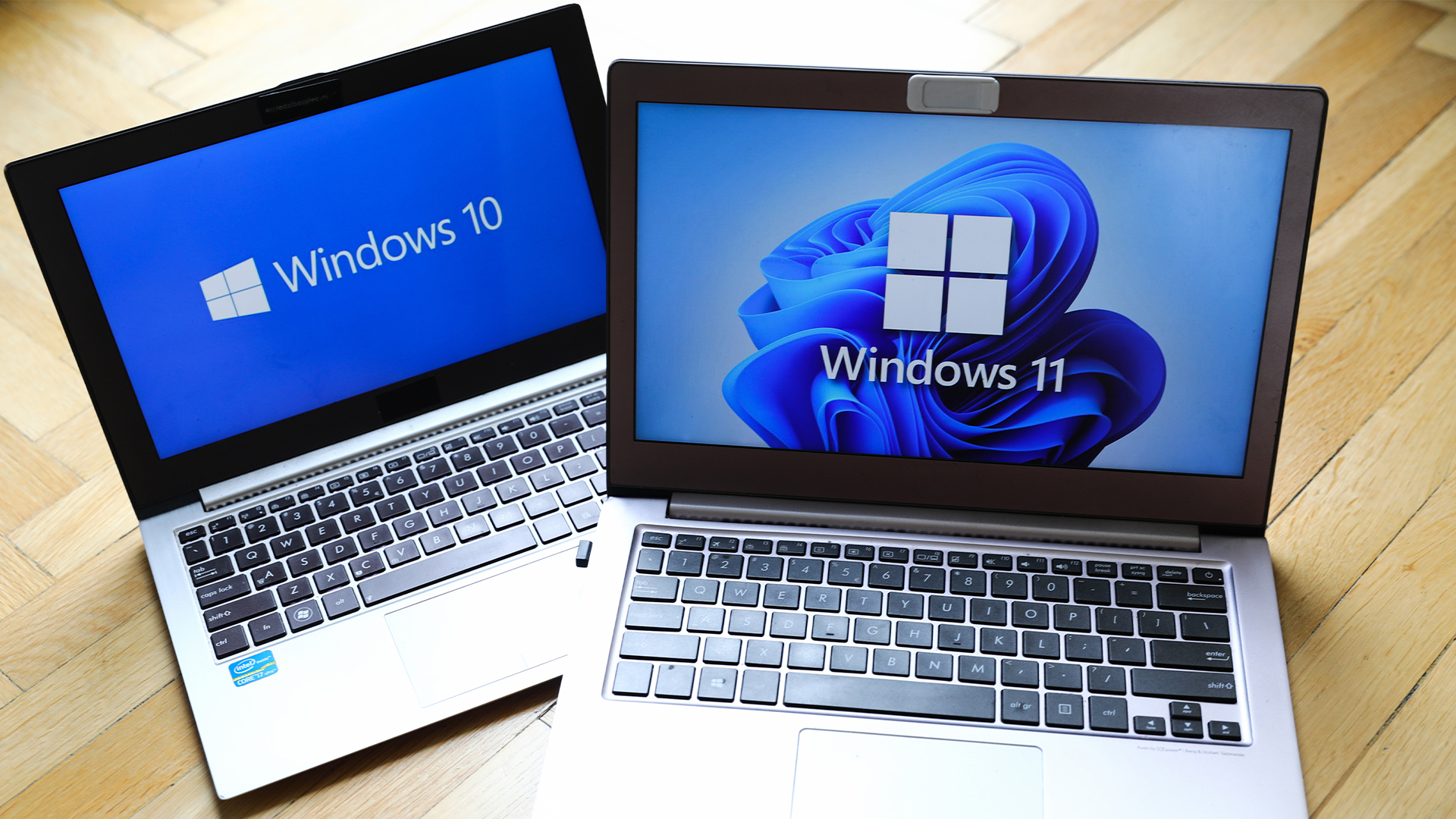

With the clock ticking down to the Windows 10 end of life (EOL) deadline in October, organizations are dragging their feet on Windows 11 migration – and leaving their devices vulnerable as a result.
New data from threat exposure management platform NordStellar shows that nearly six-in-ten systems affected by infostealers in December last year are still running Windows 10.
"The number of systems affected by infostealers closely mirrors the overall operational system market share — Windows 10 has been heavily targeted for years due to its popularity,” said Vakaris Noreika, a cybersecurity expert at NordStellar.
“However, it will have an even bigger target on its back in the wake of its end of life, which will eventually create new vulnerabilities.”
"Once an operational system reaches this deadline, it no longer receives any security updates, vulnerability patches, or support from the software creator. These vulnerabilities are widely known and often exploited — infostealers can be coded to target these weaknesses more efficiently, resulting in more effective attacks against outdated systems."
Sticking with Windows 10 could have dire consequences
While the Windows 11 adoption rate has been rising steadily since last November, time is running out. Microsoft has made no secret of the changeover, and has repeatedly urged enterprises and consumers alike to make the shift to the newer operating system.
Failure to do so could have dire consequences, Noreika warned, with enterprises leaving themselves open to an array of threats.
Sign up today and you will receive a free copy of our Future Focus 2025 report - the leading guidance on AI, cybersecurity and other IT challenges as per 700+ senior executives
"Migrating to a new operational system takes time — based on the current adoption rate, we estimate that approximately 30 to 40% of systems may still be running Windows 10 when it reaches end of life in October, creating a substantial attack surface for cyber criminals," said Noreika.
The situation may mirror that of Windows 7, which still had a 23% market share six months before its end of life - and 20% when the deadline hit. Even now, according to NordStellar, it holds a 2% market share and is still being targeted by infostealers.
Meanwhile, infostealers aren't the only risk for future Windows 10 users, with malware and new data exfiltration and exploitation techniques on the rise.
"Considering just how many enterprises might still be running Windows 10 after its end of life, there's a high possibility that we'll see a growth in various cybersecurity incidents if businesses continue to delay migration," said Noreika.
"Taking into account the financial and reputational losses that come with a data breach, delaying migration can be a decision that eventually costs the company millions of dollars and their client's trust, which will take years to regain."
Users seeking to continue with Windows 10 can fork out for extended security updates (ESU), which provide critical security updates for up to three years after the official EOL date.
But they don't come cheap, at $61 per device for the first year, doubling every year to $122 per device in year two and $244 in year three. Nor do they include ongoing technical support.
MORE FROM ITPRO
- Microsoft Windows 11 review: The more things change, the more they stay the same
- Having difficulty with Windows 11? Here are the most common problems - and how to fix them
- A new phishing campaign is exploiting Microsoft’s legacy ADFS identity solution
Emma Woollacott is a freelance journalist writing for publications including the BBC, Private Eye, Forbes, Raconteur and specialist technology titles.
-
 Trump's AI executive order could leave US in a 'regulatory vacuum'
Trump's AI executive order could leave US in a 'regulatory vacuum'News Citing a "patchwork of 50 different regulatory regimes" and "ideological bias", President Trump wants rules to be set at a federal level
-
 TPUs: Google's home advantage
TPUs: Google's home advantageITPro Podcast How does TPU v7 stack up against Nvidia's latest chips – and can Google scale AI using only its own supply?
-
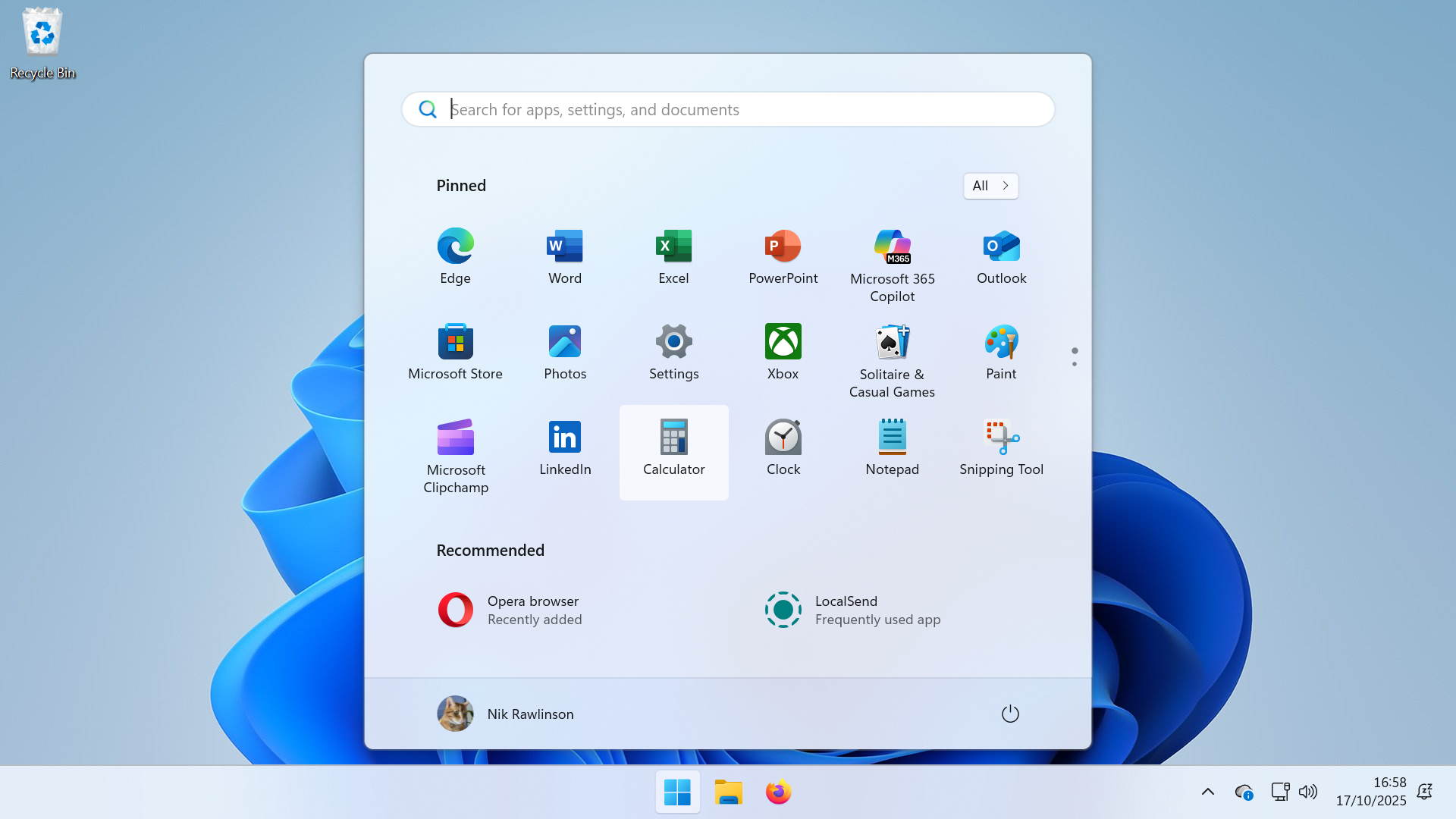 Windows 10 end of life has passed – here's your business guide to Windows 11
Windows 10 end of life has passed – here's your business guide to Windows 11In-depth As Windows 10's mainstream support ends, it's time for businesses who have yet to upgrade to take a second look at Windows 11
-
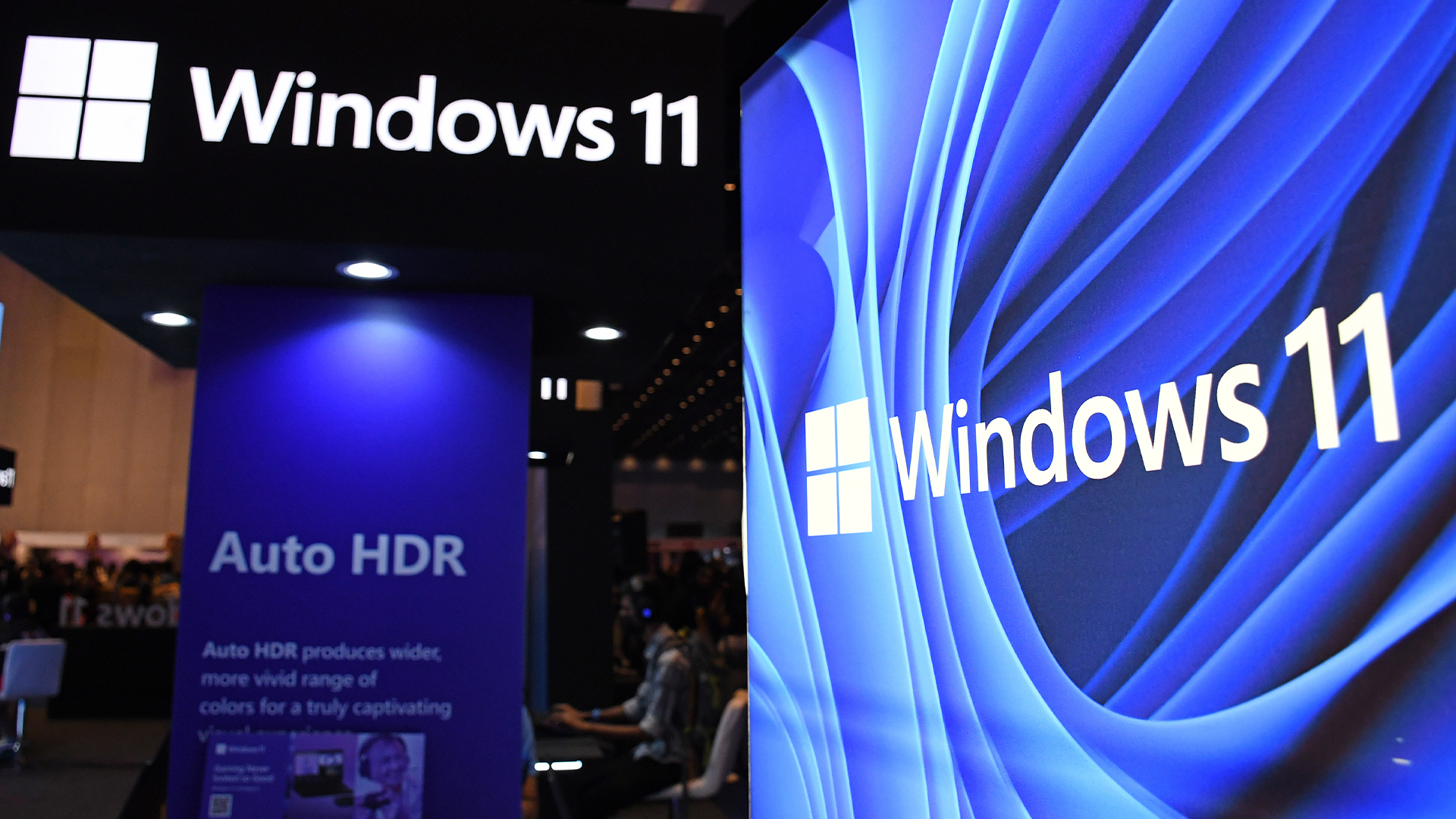 Microsoft issues fix for Windows 11 update that bricked mouse and keyboard controls in recovery environment – here's what you need to know
Microsoft issues fix for Windows 11 update that bricked mouse and keyboard controls in recovery environment – here's what you need to knowNews Yet another Windows 11 update has caused chaos for users
-
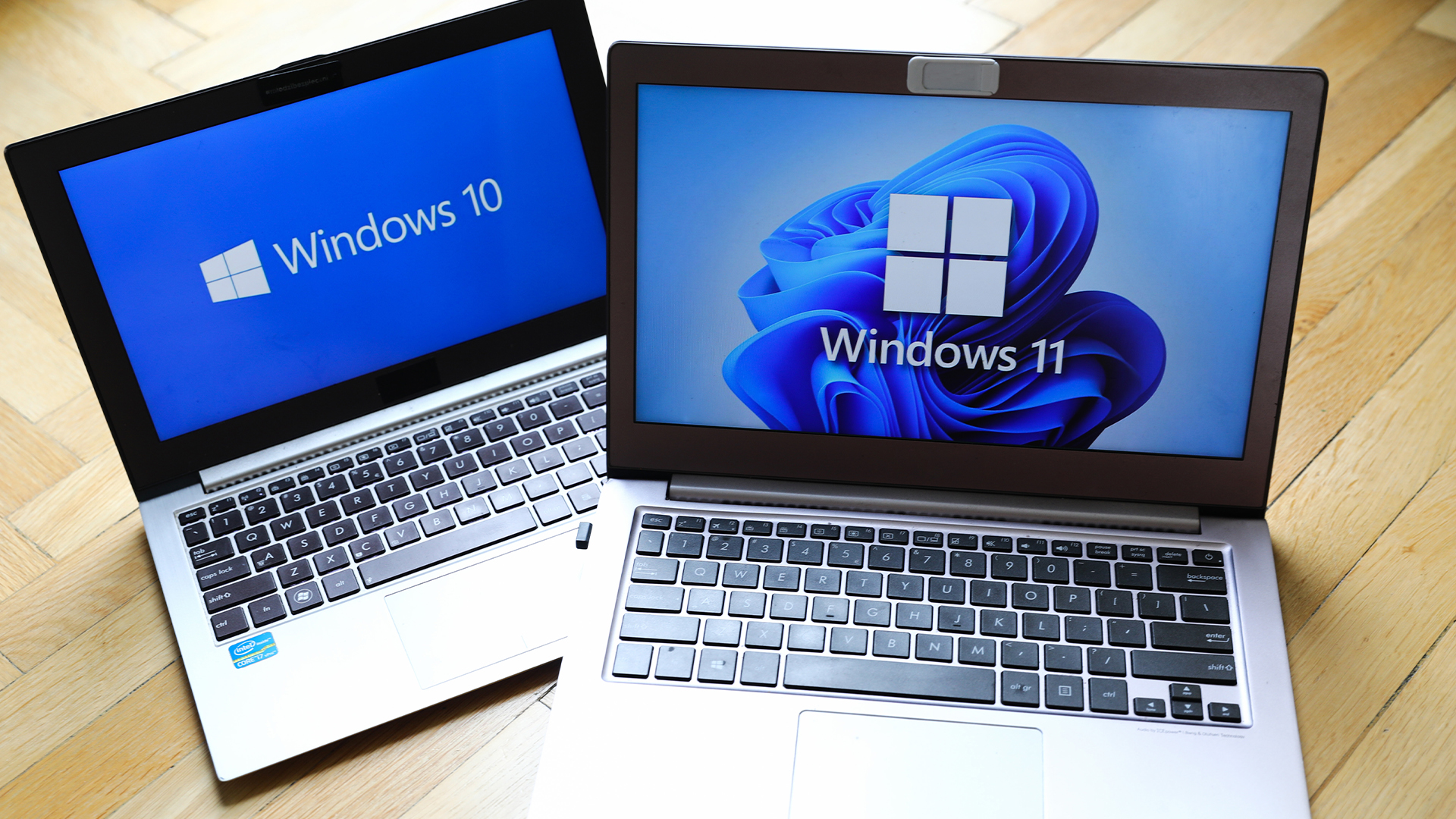 Windows 10 end of life could create a major e-waste problem
Windows 10 end of life could create a major e-waste problemNews The study marks the latest Windows 10 end of life e-waste warning
-
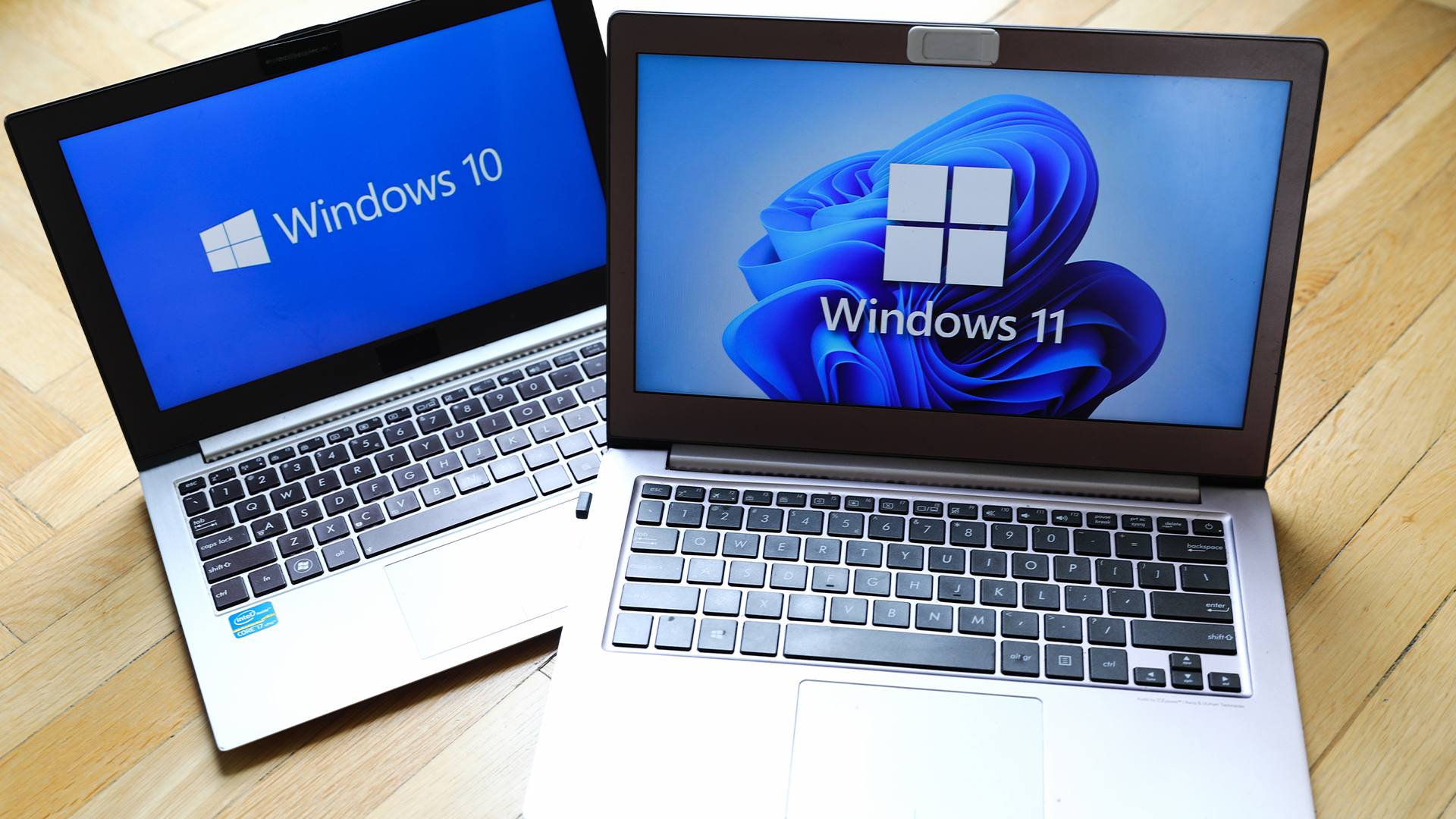 Windows 10 extended support costs could top $7 billion
Windows 10 extended support costs could top $7 billionNews Enterprises sticking with Windows 10 after the October deadline face huge costs
-
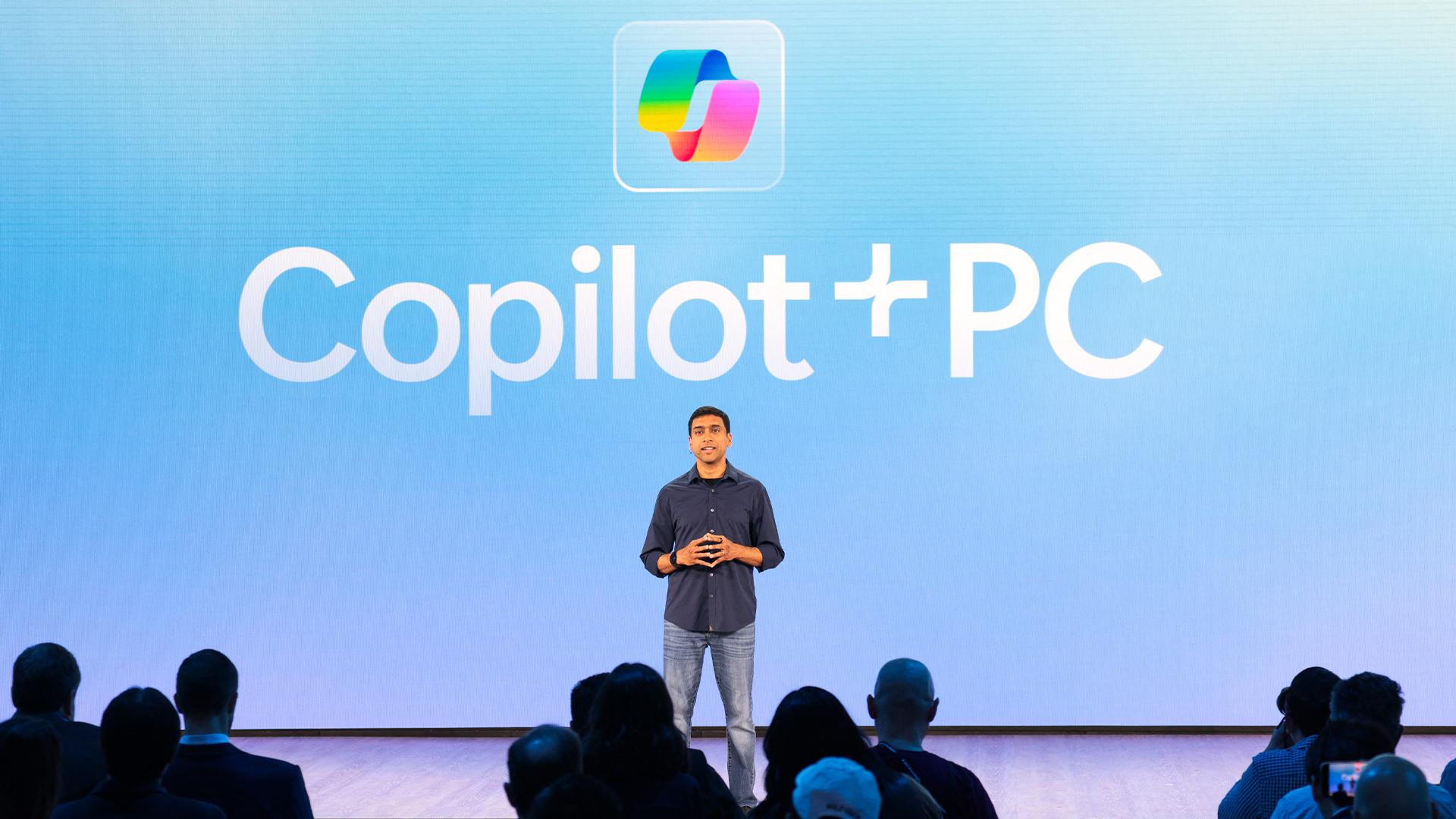 A senior Microsoft exec says future Windows versions will offer more interactive, ‘multimodal’ experiences
A senior Microsoft exec says future Windows versions will offer more interactive, ‘multimodal’ experiencesNews With speculation over a Windows 12 reveal mounting, a senior company figure claims the new operating system will mark a step change for users
-
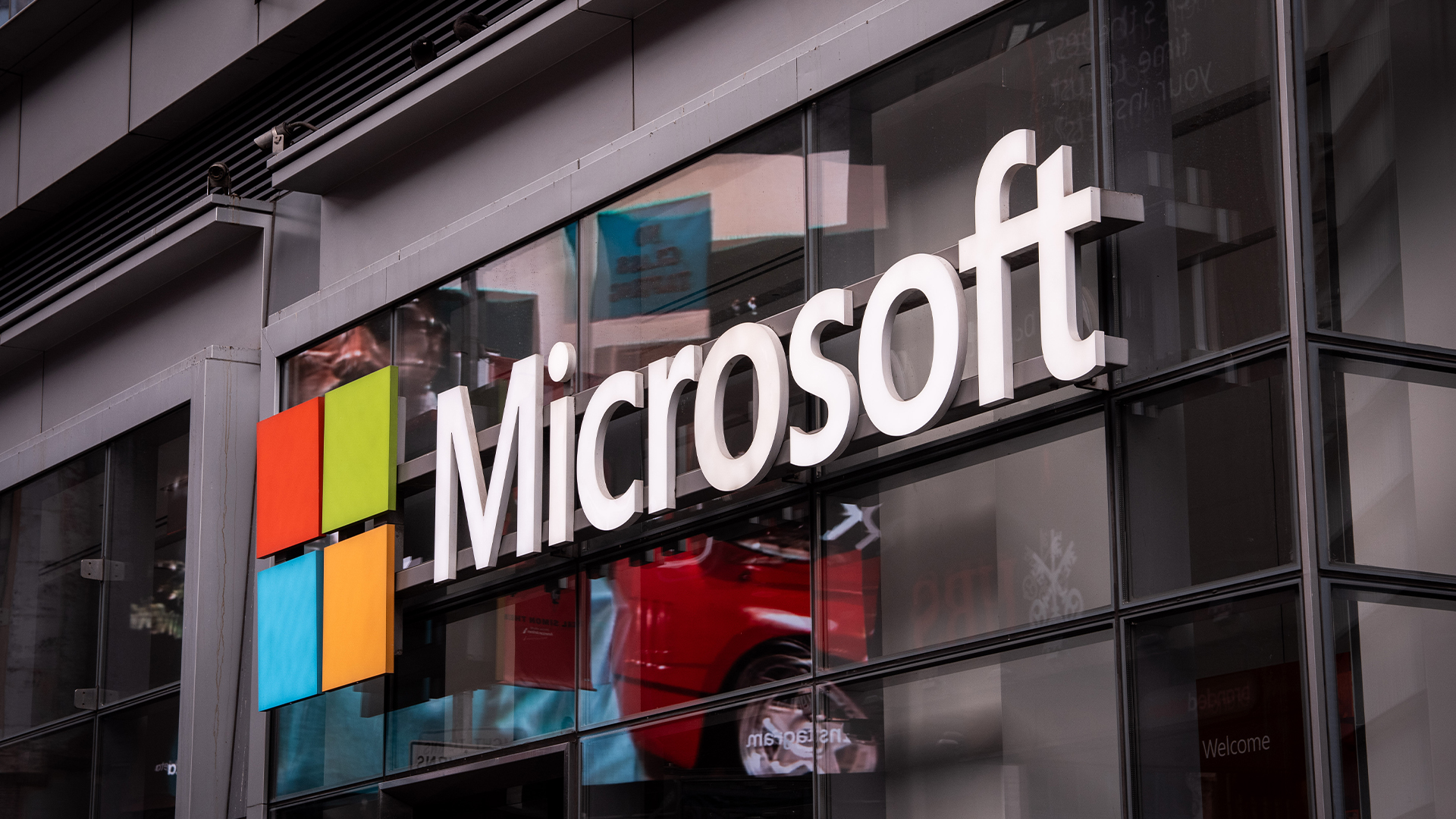 Microsoft’s botched August updates wiped SSDs, now it’s breaking PC resets and recoveries on Windows
Microsoft’s botched August updates wiped SSDs, now it’s breaking PC resets and recoveries on WindowsNews An out-of-band patch has been issued by Microsoft to fix a flaw introduced by its August update
-
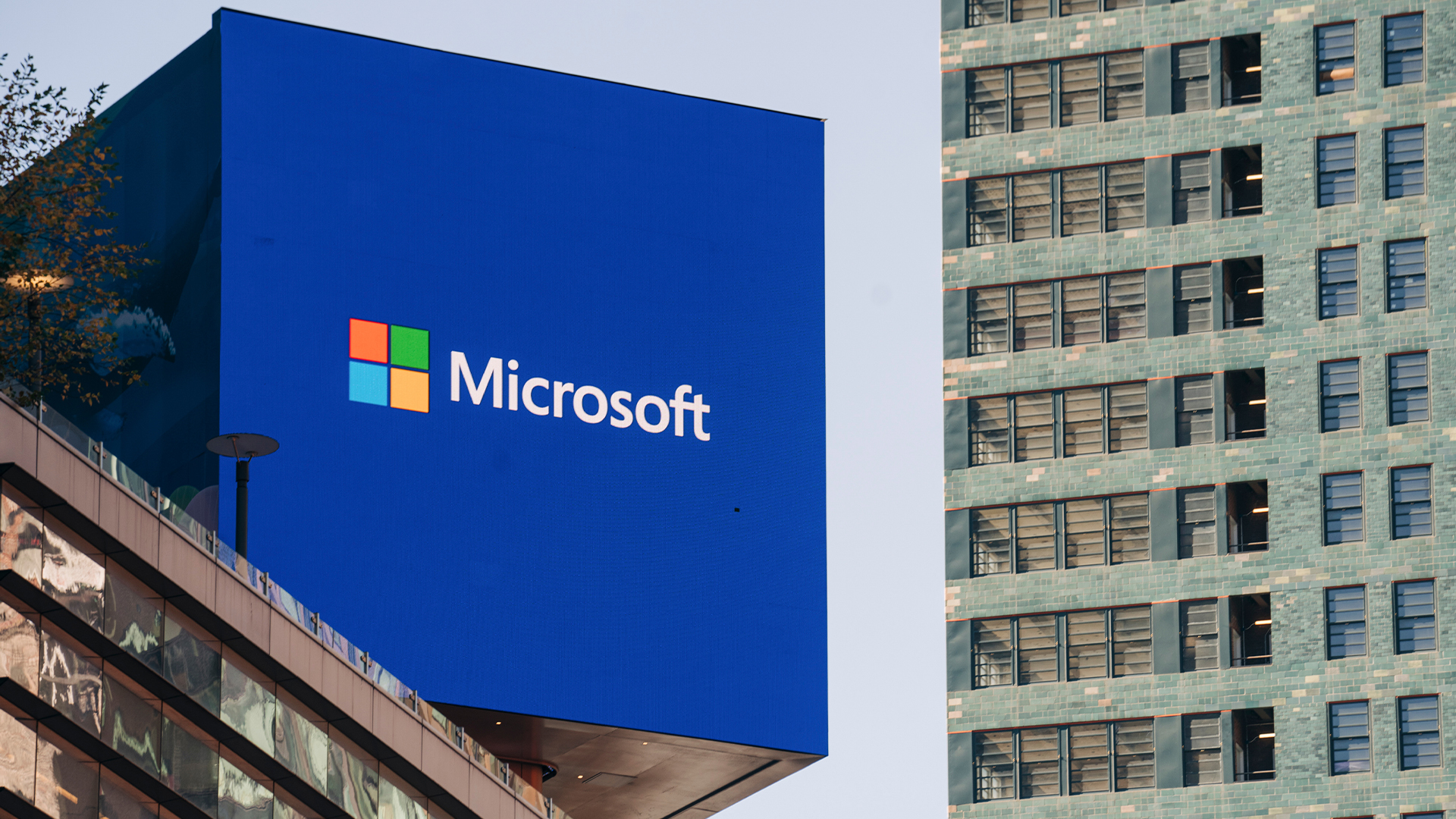 A Windows 11 update bug is breaking SSDs – here’s what you can do to prevent it
A Windows 11 update bug is breaking SSDs – here’s what you can do to prevent itNews Users first began reporting the Windows 11 update bug last week
-
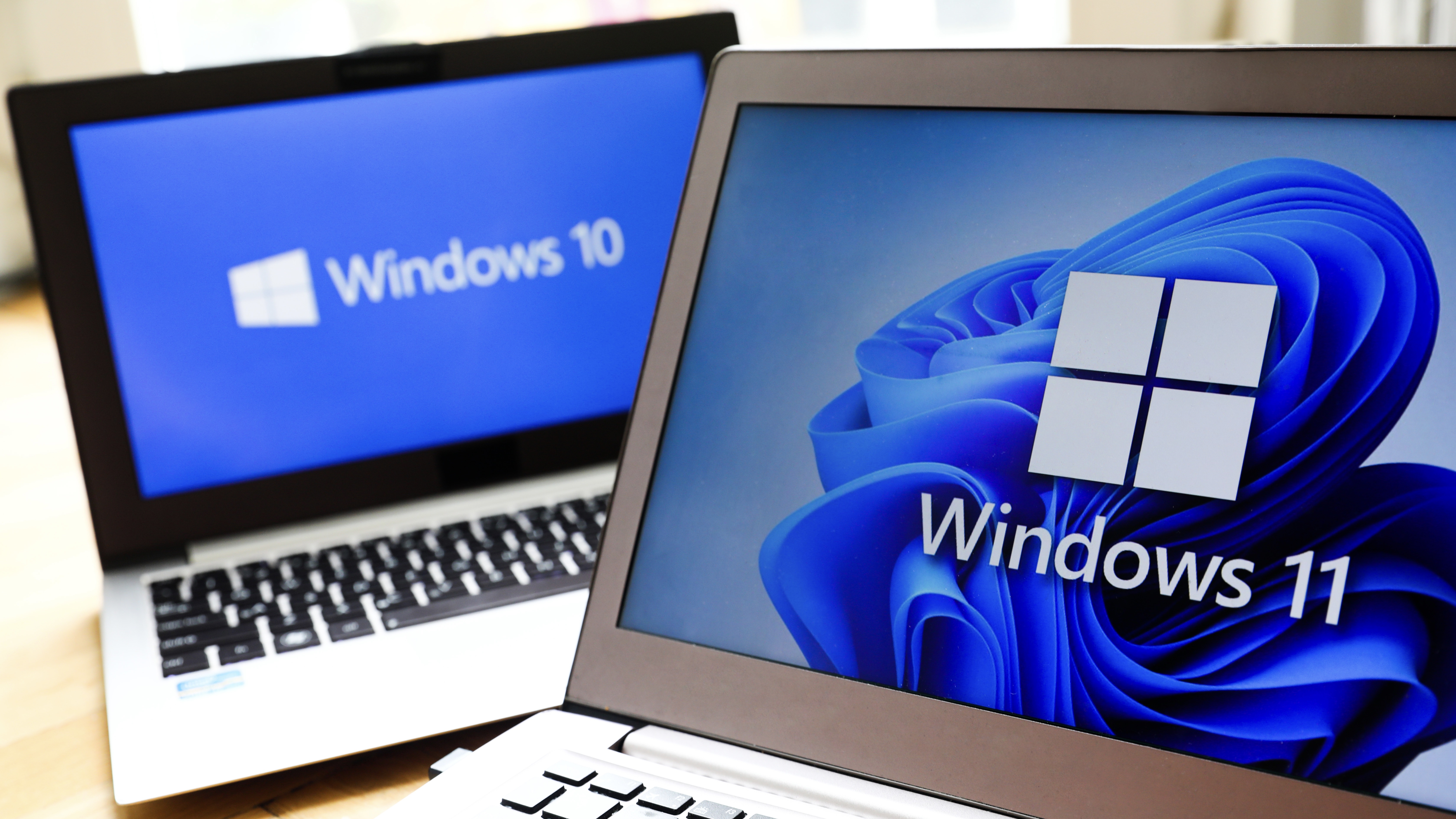 The Windows 11 migration conundrum: What role can the channel play?
The Windows 11 migration conundrum: What role can the channel play?Industry Insights Resellers are instrumental to making the right choice about the next steps...
